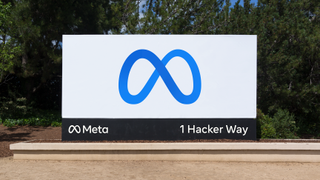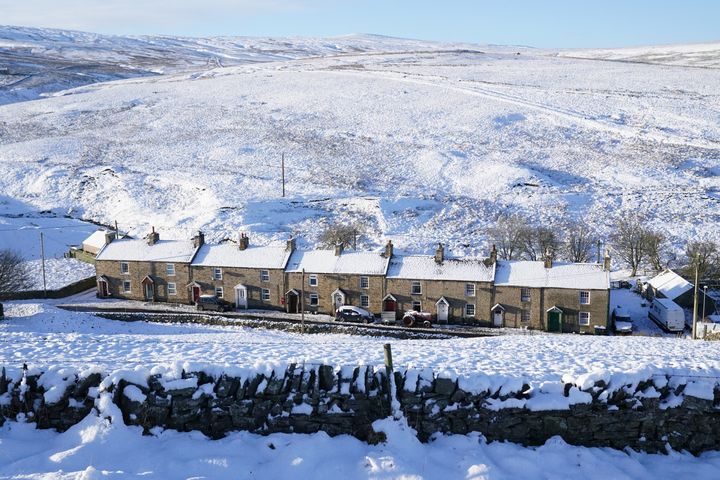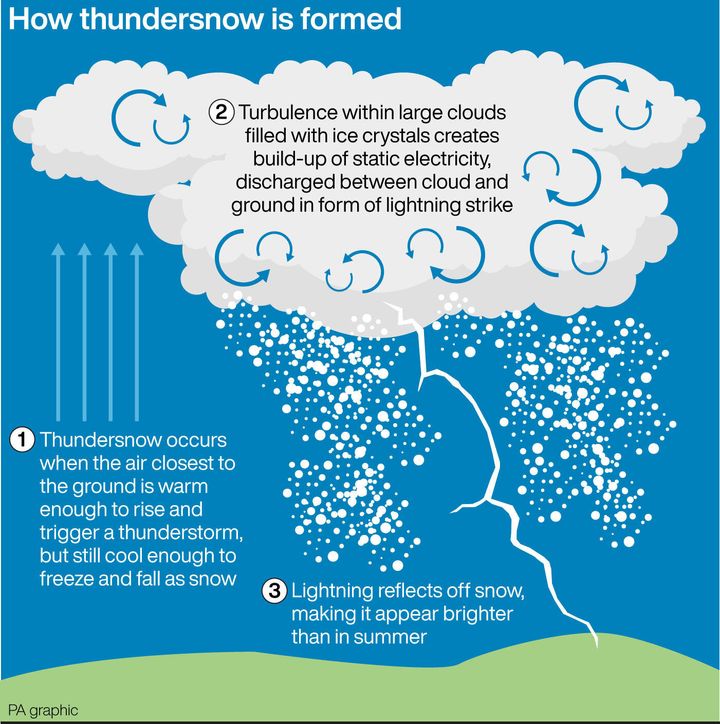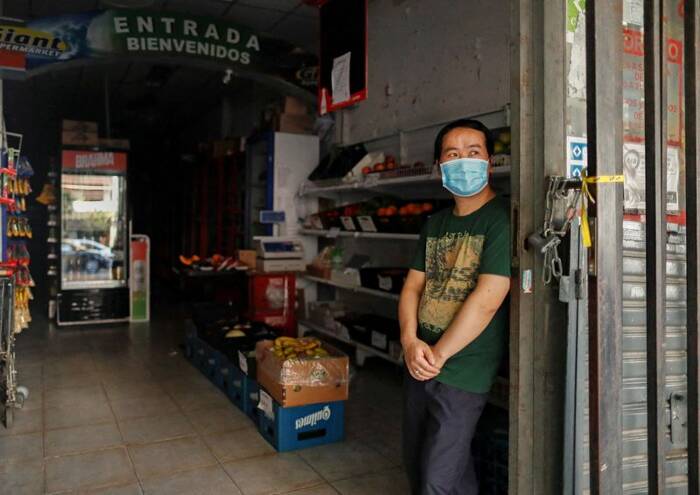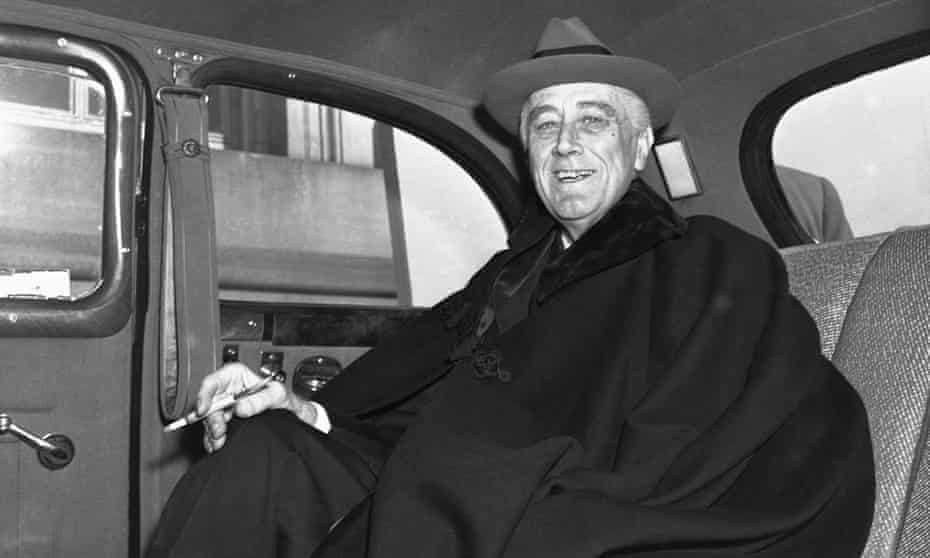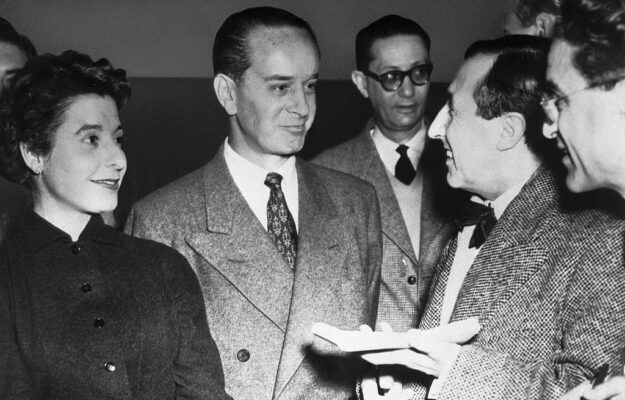Build Back Better Could Make Transformative Investments in Children for Years to Come
With the Build Back Better plan (BBB) currently facing an uncertain future in the Senate, substantial investments in children that would expand on earlier pandemic responses also hang in the balance.
The House-passed Build Back Better bill would continue several pandemic relief programs for children, including the expanded child tax credit, nutrition benefits, and access to health care, that have helped families weather the pandemic. The plan would also expand existing programs and create new ones to increase access to affordable housing, preschool, child care, and paid leave. Altogether, the version of the bill passed by the House of Representatives would allocate hundreds of billions of dollars in support for children and make a transformative difference in their well-being.
Build Back Better would substantially increase spending on children for the next seven years
If enacted, we estimate the House version of BBB would increase spending on children by $575 billion over the next decade, equivalent to nearly a full year of federal expenditures on children before the pandemic. Spending on children accounts for 39 percent of the $1.5 trillion in BBB outlays (all figures in 2021 dollars to adjust for inflation). These estimates are based on Congressional Budget Office estimates of the bill enacted by the House on November 19 and Kids’ Share estimates of the share of programs benefiting children.
If additional tax reductions benefiting families with children are included as well, our estimate increases to $605 billion supporting children in BBB. These new investments would come on top of a historic $630 billion increase in federal support for children already enacted as part of the federal government’s pandemic response.
Under the House-passed version of BBB, children’s spending in 2022 would remain close to 2021’s historically high levels, with the bill extending some of the pandemic response programs that increased spending in 2021 as well as the implementation of new provisions. Specifically, children’s spending would reach $830 billion in 2022, $100 billion higher than without the bill and nearly 50 percent more than what children’s spending would have been with neither BBB nor pandemic relief spending.
After 2022, federal spending on children falls, reflecting the phaseout of pandemic response spending and the end of some temporary BBB provisions. But even with the drawdown, kids’ spending is still projected to be around $40 billion to $90 billion higher than it would be under current law each year through 2029 as additional BBB provisions go into effect.

Build Back Better provides a range of investments in children’s well-being
If enacted, BBB would make major investments to support children across a range of sectors, from early education to affordable housing to income and work supports for families to child nutrition. Some of the largest child-focused provisions in BBB include the following:
- Early childhood programs: More than any other area, the House-passed version of BBB would invest in early childhood programs. By investing more than $300 billion, the legislation would create a new universal preschool program that offers free early education to all 3- and 4-year-olds, would change child care subsidies to an entitlement, and would expand subsidy eligibility and cap family’s child care costs. These changes, which states could opt into, would be phased in across three years and run through 2027. According to estimates by the administration, when fully implemented, the universal preschool program would serve more than 6 million children each year, and expanded subsidies would help around 20 million children access care per year.
- The expanded child tax credit: Initially included in the American Rescue Plan Act (ARP), the expanded child tax credit would be extended for an additional year through 2022 at a cost of $176 billion under BBB. The ARP made the credit fully refundable, allowing families with low or no income to claim the full value, allowed the credit to be claimed as advanced monthly payments, and increased the benefit from $2,000 to $3,600 for each child younger than 6 and to $3,000 for all other children. According to a recent analysis, making the expansion permanent would decrease the number of children living in poverty by 4.3 million a year, or by more than 40 percent.
- A new paid leave program: If passed, BBB would provide millions of workers up to four weeks (PDF) of paid time off each year to care for a new child, a family member’s medical issue, or their own health, starting in 2024. The program would provide around $50 billion benefiting children, and the benefit is open to self-employed and gig workers as long as they meet work history and earnings requirements. Analyses of an earlier 12-week proposal that provided the template for the BBB estimated that, when BBB is fully implemented, more than 3 million workers (PDF) would take parental leave each year.
- Children’s well-being: BBB also provides tens of billions of dollars to support access to affordable housing for children and their families through investments in public housing, housing vouchers, and rental assistance. Other provisions would increase children’s access to free school meals, provide children receiving free or reduced-price school meals resources to purchase food during the summer, increase access to health care coverage for children and their families, and invest in education and training programs for children and young people.
Build Back Better funds programs with evidence of improving children’s well-being
Build Back Better supports program areas with long-term positive effects and payoffs. Prior research has found that early childhood education programs boost children’s educational performance (PDF) and have a positive return by increasing their productivity as adults. Similarly, evidence suggests child care and paid leave programs can help boost employment among mothers and have a long-run payoff. Ultimately, the House-passed Build Back Better bill would make significant investments in children’s well-being that could result in long-term positive effects.



